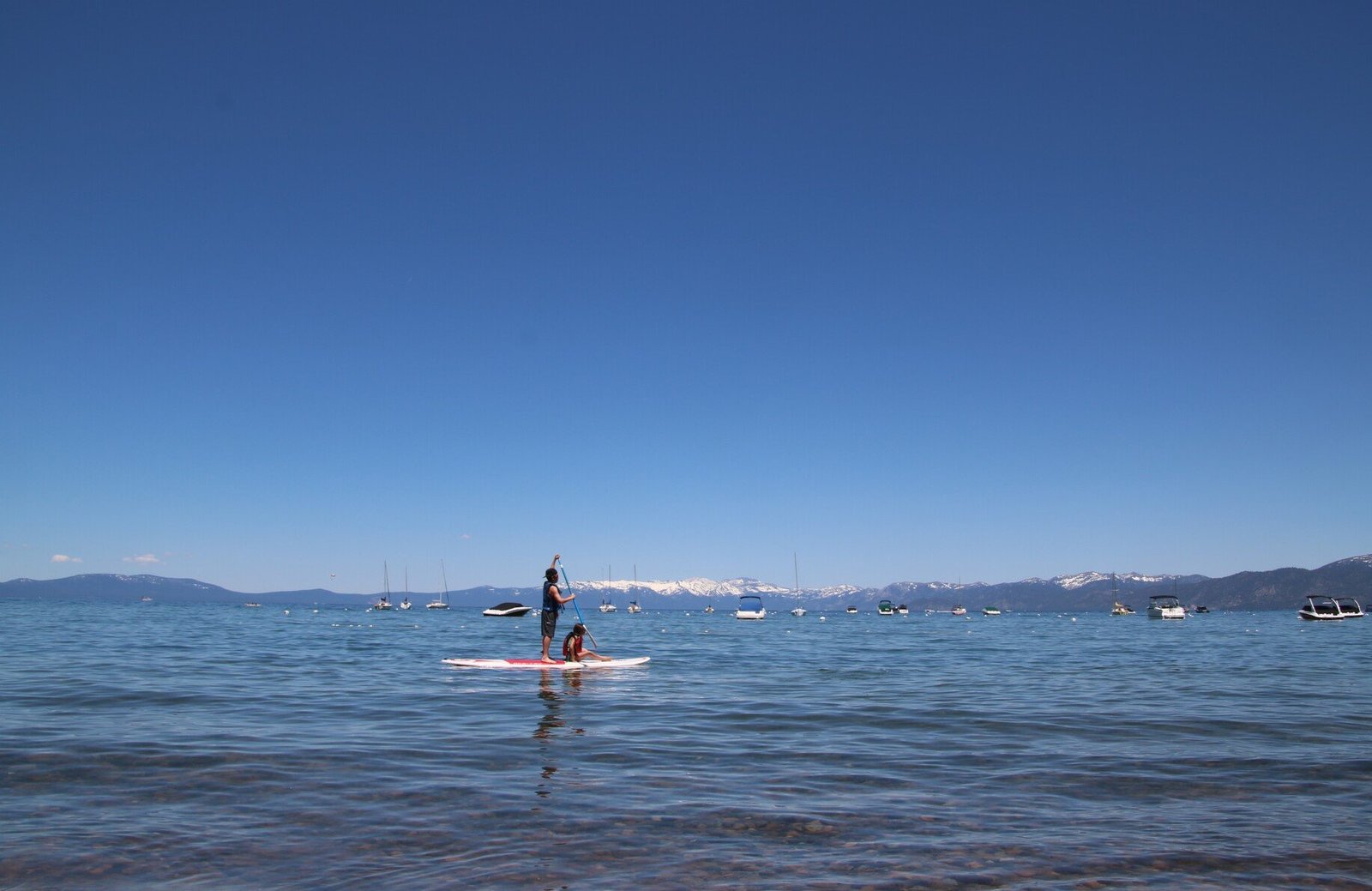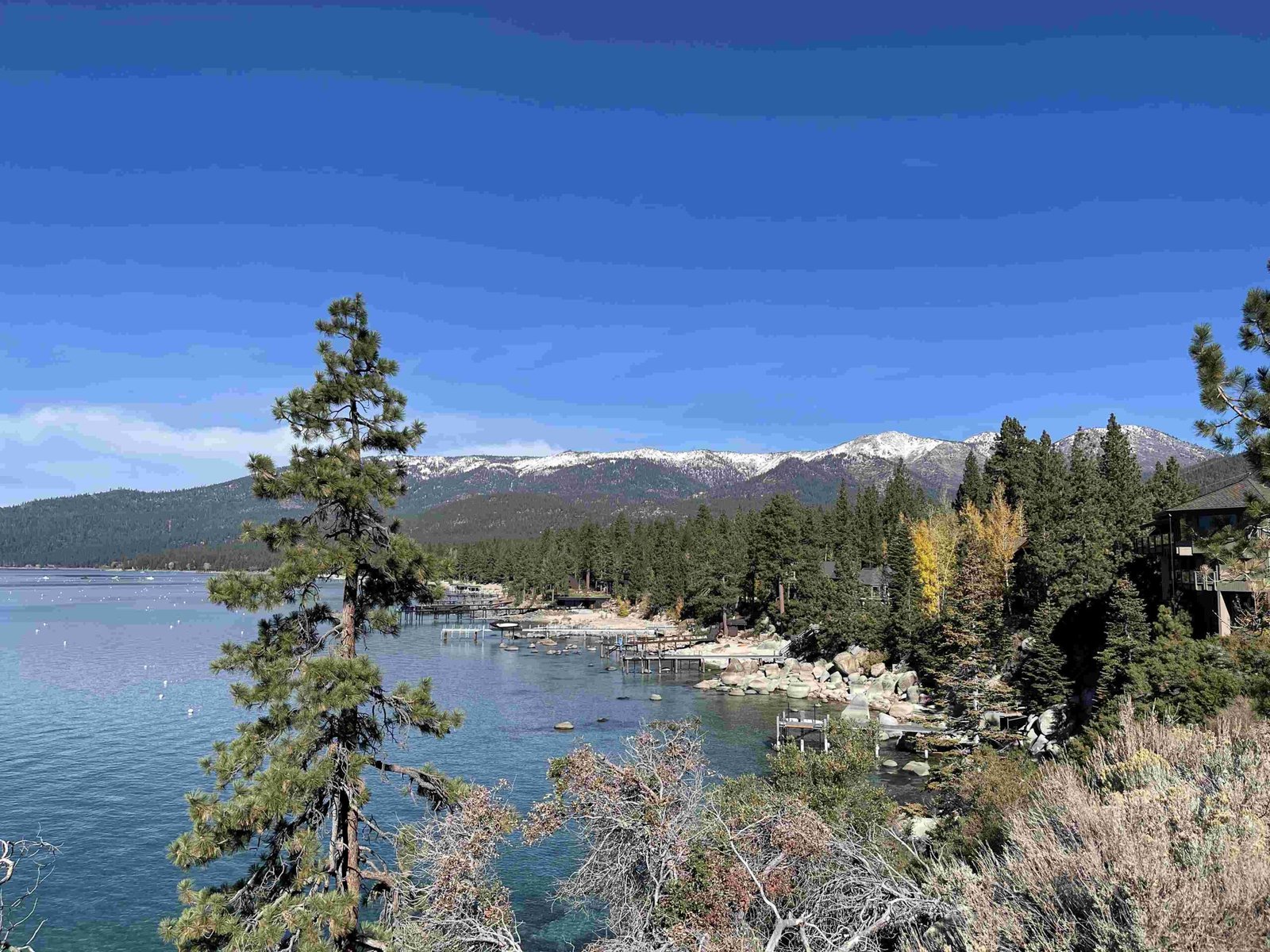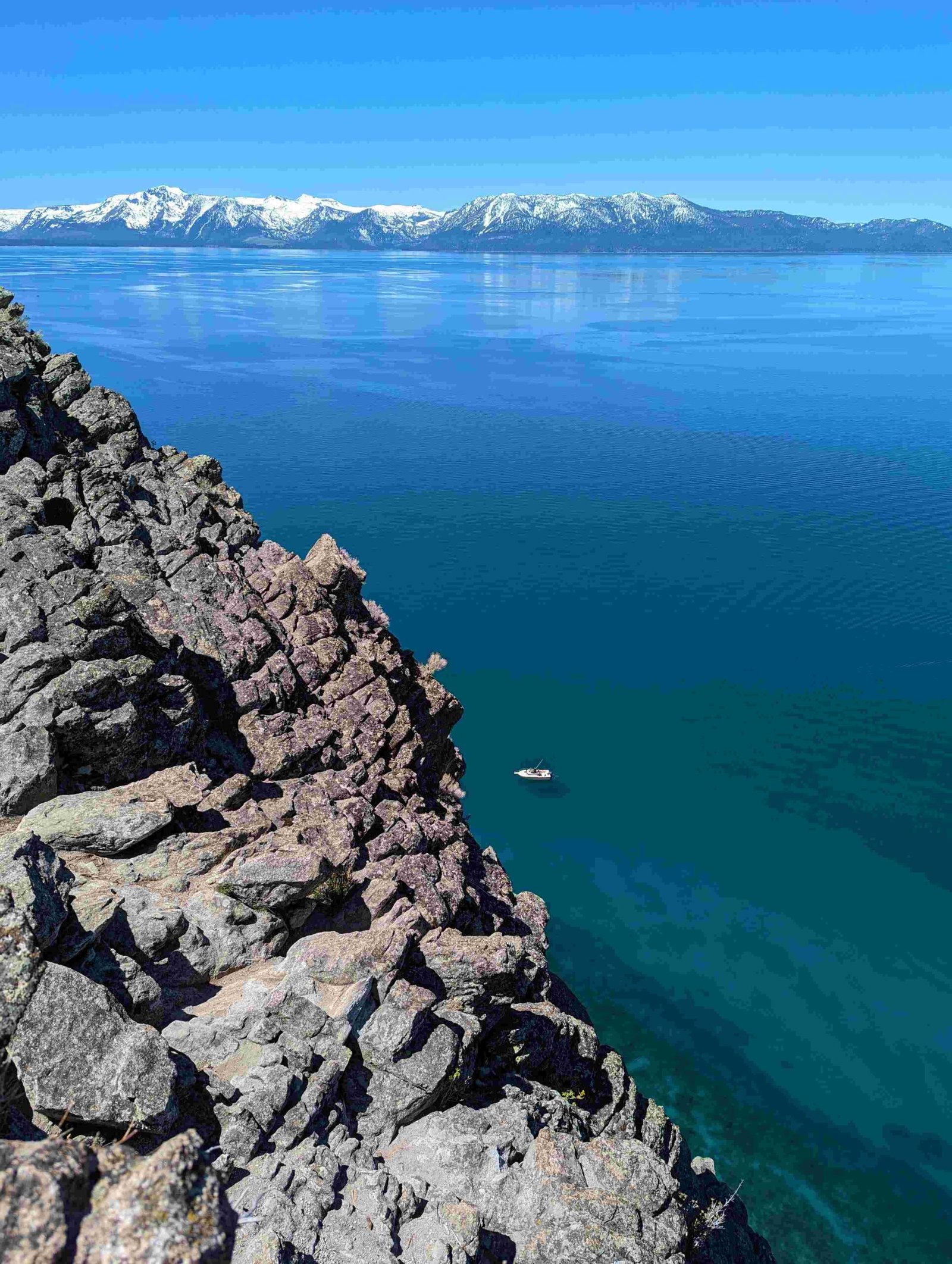Lake Tahoe’s snow history represents a complex narrative of climatic variation, where annual snowfall ranges dramatically from 200 to 700 inches across different elevations. The region’s unique geographical positioning in the Sierra Nevada mountains creates a microclimate that produces extraordinary winter precipitation patterns, making it a premier destination for winter sports and ecological research. Snowfall in this area is not just a meteorological phenomenon but a critical component of the ecosystem, water resources, and local economic sustainability.
What Makes Lake Tahoe’s Snow Unique?

Lake Tahoe’s snow history is characterized by remarkable variability and significant regional differences. The snow patterns are influenced by several critical factors:
- Elevation Variations: Snowfall totals differ substantially between 6,000 and 8,000 feet
- Geographical Positioning: Rain shadow effect of Sierra Nevada mountains
- Microclimate Influences: Local topographical features
How Do Snowfall Totals Vary Across Locations?
| Location | Average Annual Snowfall | Notable Seasons |
|---|---|---|
| Palisades Tahoe | 400 inches | 2022-2023: 723 inches |
| Sierra-at-Tahoe | 337 inches | 2016-2017: 552 inches |
| Tahoe Donner | 220 inches | Consistent 28 snowfall days |
What Are the Peak Snowfall Months?
The peak snowfall months in Lake Tahoe typically include:
- December
- January
- February
- March
During these months, snowfall can range from 85 to 156 inches at different locations. The variability is significant, with some areas receiving substantially more snow than others due to local terrain and wind patterns.
How Do Extreme Snow Years Impact the Region?

Extreme snow years have profound implications for Lake Tahoe’s ecosystem and economy:
- 2016-2017 Season: Exceptional snowfall with 707 inches at Palisades Tahoe
- 2010-2011 Season: Another high-snow year with 678 inches
- Infrastructure Challenges: Heavy snowfall can disrupt transportation and local services
- Tourism Impact: Snow conditions directly influence winter tourism revenues
What Factors Contribute to Snowfall Variability?
Several key factors contribute to Lake Tahoe’s snow history variability:
- Atmospheric river events
- Pacific Ocean temperature cycles
- Global climate change patterns
- Local topographical influences
How Does Climate Change Affect Snow Patterns?
Climate change is progressively altering Lake Tahoe’s snow dynamics:
- Increasing temperature variability
- Potential reduction in total snowfall
- Shifts in precipitation patterns
- Earlier spring snowmelt
What Are the Ecological Implications?
The changing snow patterns have significant ecological consequences:
- Water resource management challenges
- Potential shifts in alpine ecosystem compositions
- Changes in wildlife migration and hibernation patterns
- Alterations in forest vegetation cycles
Conclusion
Lake Tahoe’s snow history is a dynamic and complex narrative of climatic interactions, representing more than just winter precipitation. It embodies a delicate ecological system that reflects broader environmental changes and local geographical nuances.

